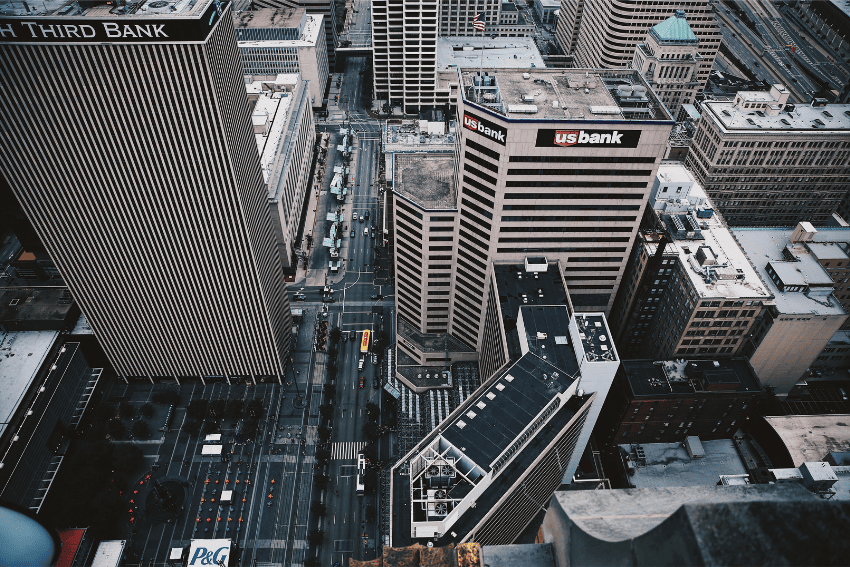
Silicon Valley Bank Fails
Silicon Valley Bank’s (SVB’s) failure dominated headlines and social media all day Friday and over the weekend.
Investors worldwide were very concerned because they were not sure if this was the start of an overall banking system meltdown or a one-off scenario.
No economy can function without an effective banking system, so the initial concerns were probably justified – given that banking meltdowns have sparked major recessions and even depressions throughout American history.
This excellent short article – A Brief History of U.S. Bank Failures – beautifully explains the risks.
In today’s WSJ, Andy Kessler points out everything SVB did wrong, implying that it was largely a one-off due to bad management, e.g. chasing yields irresponsibly; buying long-term bonds without hedging their interest risk; not anticipating the increase in rates that everyone saw coming; not raising capital soon enough; getting distracted by non-banking issues; being forced to sell bonds/assets at a huge loss to raise capital (the biggest factor), etc.
The Fed effectively bailed out SVB and other failing banks by guaranteeing ALL deposits (not just the FDIC-insured deposits up to $250,000) and by offering short-term loans to banks that are in trouble.
The WSJ’s editorial board thinks the Fed went way too far, by offering short-term loans to banks and by effectively guaranteeing the value of the banks’ investments. This allows banks to speculate that much more, as they won’t have to worry about depositors worrying about bank stability (in the old days, depositors would not put money in a bank if they thought the bank was at risk of failing).
Why Banks Get In Trouble
Briefly, the reason banks get in trouble is because they need to maintain a certain level of deposits and/or liquid assets to meet regulatory requirements and to make sure they can meet withdrawal demands at any given time. When deposits run low either because their depositors are spending them or because depositors are moving their funds to other institutions offering higher yields, banks must attract more deposits by offering higher yields or they must raise cash by selling securities. Given that depositors are both spending deposits and fleeing banks to chase higher yields right now (as many banks offer very low or no returns for checking and savings accounts), we will see more banks facing troubles.
Note too that the risk of a “run on a bank” (where too many depositors try to pull cash from a bank at the same time) is greater nowadays because people can just use their phones to transfer all of their money – in contrast to pre-internet days when depositors actually had to walk into a branch.
You Can Only Find Out Who Has Been Swimming Naked When the Tide Goes Out
The above quote is from Warren Buffett; he was referring to how you only see all the risks companies are taking (and how weak they actually are) when economies slow down or go into recessions.
Jeff Snider alluded to that exact quote today in his podcast, as he pointed out that we are going to see a lot more “naked” banks, as long as the Fed continues to tighten like this.
So, while Twitter was fighting all weekend about who is to blame for the SVB debacle (the bank, the Fed, regulators, venture capital titans, etc.), Snider simply points out that collapses like this are all but inevitable when liquidity dries up like it has been doing for the last year.
Looking for someone or something to blame is fruitless when the problem is systemic.
How Does This Impact Mortgages?
Rates already fell in response to this and will likely continue to fall for a variety of reasons, including: (1) bond investors understand how much of a risk this is to economic growth overall; (2) this is deflationary in the short-term; and (3) it makes it harder for the Fed to raise rates.
Rates will not fall in a straight line though, as I remind readers often, but this will just exacerbate the overall downward trend for this year.
And finally, I expect to see the low jumbo rates that many commercial banks offer to go up. This is because commercial banks are now forced to offer higher returns to attract or keep deposits, and that in turn will increase their cost of funds – and that will force them to offer higher interest rates.
Note too that if banking problems get bad enough, we could see the jumbo market dry up – as there could be very few or no lenders or buyers for such loans.
Sign up to receive our blog daily





